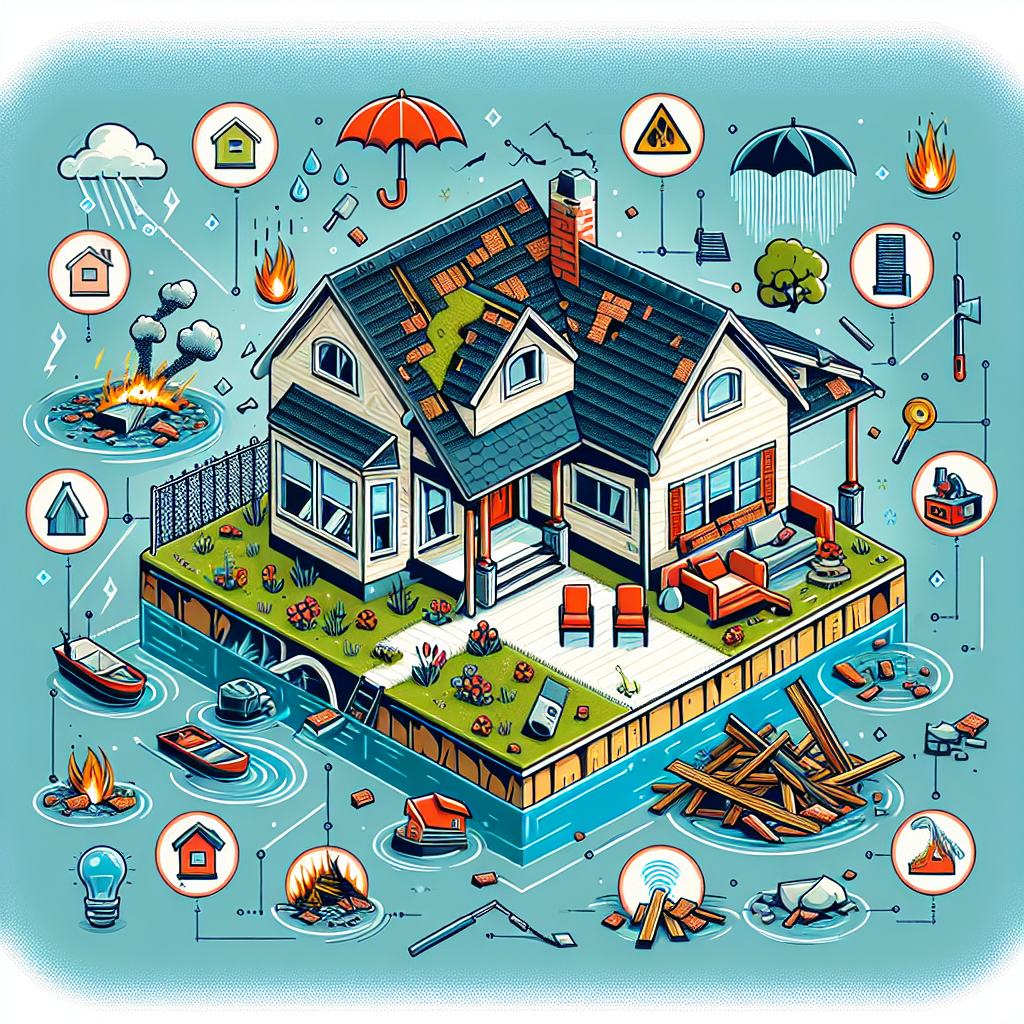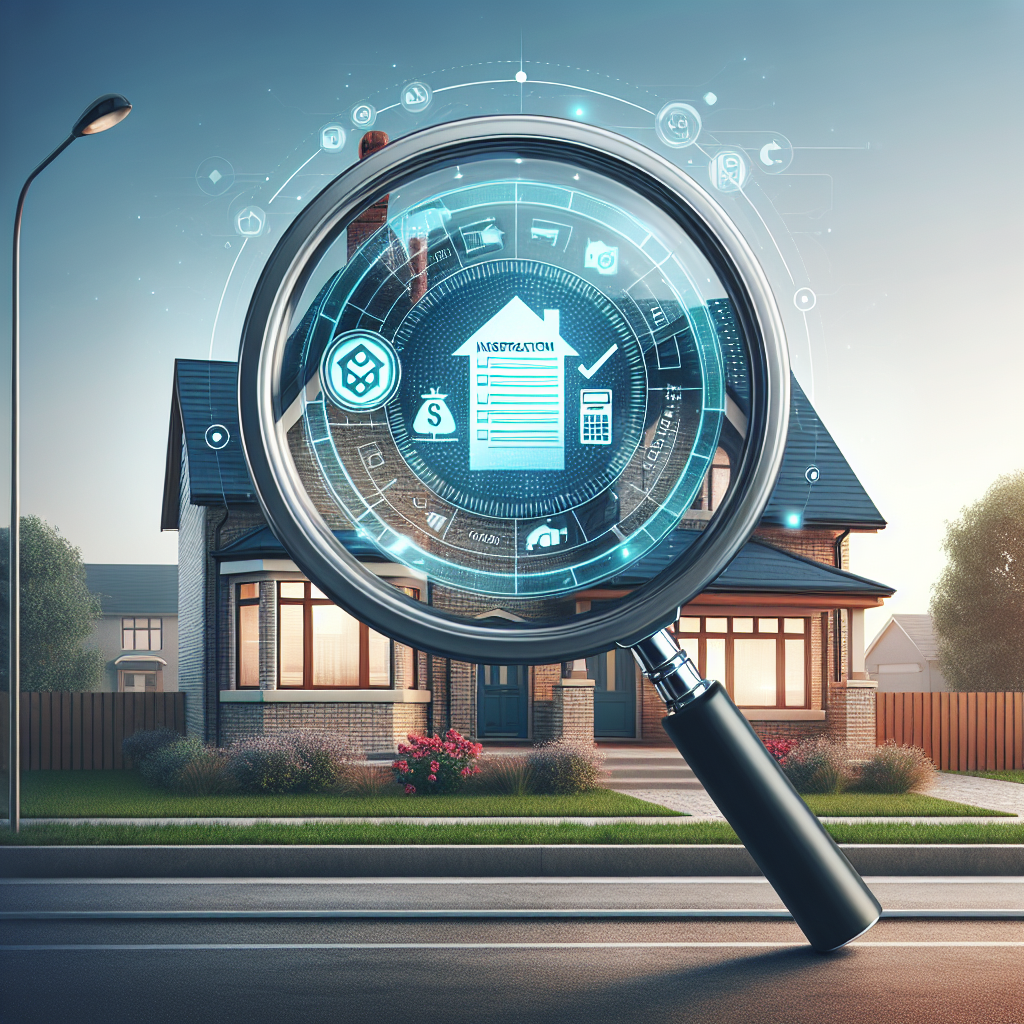Filed under Home Insurance on
Understanding Home Insurance Coverage: A Complete Guide

Home insurance coverage is an essential safeguard for homeowners, offering peace of mind and financial protection against unforeseen events that could damage or destroy your home. Understanding the full scope of home insurance coverage can help you make informed decisions about the policies that best meet your needs. This comprehensive guide delves into the intricacies of home insurance, helping you navigate through its components and make optimal choices for your housing investment.
What Is Home Insurance Coverage?
Home insurance coverage, also known as homeowner's insurance, is a type of property insurance that covers losses and damages to an individual's house and assets in the home. It typically protects against risks such as burglary, fire, vandalism, and other covered perils. Though it does not prevent unexpected events from occurring, it provides a financial cushion to help homeowners recover from their aftermath.
The Core Components of Home Insurance
Understanding home insurance coverage starts with knowing its core components. These are largely categorized into four main sections:
1. Dwelling Coverage
Dwelling coverage refers to the portion of your policy that pays for repairing or rebuilding your home if it is damaged or destroyed by a covered peril. This includes the physical structure of the house, such as walls, floors, and built-in appliances. Ensuring you have an adequate amount of dwelling coverage is crucial for protecting one of your most valuable assets.
2. Personal Property Coverage
Personal property coverage protects the belongings within your home, such as furniture, electronics, and clothing, from damage or theft. It is often advisable to conduct a home inventory to assess the total value of your possessions, ensuring your policy provides sufficient personal property coverage.
3. Liability Protection
Liability protection covers legal costs and damages if someone is injured on your property or if you are responsible for damage to someone else's property. This component of home insurance coverage is vital for protecting your financial assets against costly lawsuits.
4. Additional Living Expenses (ALE)
Additional living expenses coverage reimburses you for temporary housing costs if your home becomes uninhabitable due to a covered peril. Understanding the limits and terms for ALE in your policy is important, as it dictates the extent of coverage you receive for alternate accommodations and associated living expenses.
Understanding the Perils Covered by Home Insurance
When selecting home insurance coverage, it is essential to be aware of the specific perils your policy covers. While policies can vary, most standard home insurance packages cover the following:
Commonly Covered Perils
- Fire and smoke damage
- Theft and vandalism
- Windstorms and hail
- Lightning strikes
- Water damage from plumbing issues, excluding flooding
Exclusions You Should Know
It's equally important to understand what your policy doesn't cover. Common exclusions in home insurance include:
- Flooding
- Earthquakes
- Normal wear and tear
- Intentional damage
To protect against excluded perils, you may need to purchase additional riders or separate insurance policies.
Factors Influencing Home Insurance Costs
The cost of home insurance can vary significantly based on several factors. Understanding these influences can help you manage your insurance expenses more effectively:
1. Location and Home Features
- Location: Proximity to fire stations, crime rates, and local weather patterns can all affect premiums.
- Home construction: The materials used and the age of the home may impact how an insurer evaluates risk.
2. Coverage Limits and Deductibles
The higher your coverage limits and the lower your deductibles, the higher your premiums will typically be. Balancing these elements is crucial to tailoring home insurance coverage to suit your budget and coverage needs.
3. Your Claims History
A history of frequent claims can lead to increased premiums. Maintaining your home and avoiding claims whenever possible can help keep your costs lower.
Tips for Selecting the Right Home Insurance Policy
Choosing the right home insurance coverage involves more than just picking the cheapest option. Consider the following strategies to find a policy that provides comprehensive protection:
1. Conduct a Thorough Risk Assessment
Evaluate the risks specific to your home, such as location-specific perils or high-value possessions, to determine the types of coverage you need.
2. Compare Multiple Quotes
Obtain quotes from several reputable insurance providers to compare coverage options, deductibles, and premiums. This diligence ensures you receive the best value.
3. Review Policy Details Carefully
Understanding home insurance coverage requires reading your policy’s fine print. Look for any exclusions or coverage limits that could leave you unprotected when you need it most.
4. Consider Bundling Insurance
Many insurers offer discounts if you bundle your home, auto, or other insurance policies, which can lead to significant savings.
Maximizing Your Home Insurance Coverage
In addition to selecting the right policy, there are proactive steps you can take to enhance your home insurance coverage:
1. Upgrading Your Home’s Security
- Install a security system or smoke detectors.
- Consider storm shutters or reinforced roofing for areas prone to severe weather.
2. Regularly Updating Policy Information
As you make improvements to your home or acquire new possessions, update your insurer to adjust your coverage accordingly.
3. Reviewing Your Policy Annually
Financial and lifestyle changes can affect your home insurance needs. Conduct an annual review to ensure your coverage aligns with current circumstances.
Trends in the Home Insurance Industry
Staying informed about industry trends is an integral part of understanding home insurance coverage. Some current developments include:
1. Increased Use of Technology
- Insurers are increasingly utilizing data analytics and AI to tailor policies and incentivize proactive risk management by homeowners.
2. Climate Change Concerns
As natural disasters become more frequent, insurers are reassessing risk models and coverage terms, making it imperative for homeowners to stay informed about changes that could affect their policies.
Conclusion: The Importance of Informed Decision-Making
Understanding home insurance coverage is crucial for protecting your home and financial wellbeing. By familiarizing yourself with the components, costs, and factors influencing your policy, you can make informed choices that provide adequate protection and peace of mind. Regularly reviewing your policy and remaining aware of industry trends will ensure your home insurance coverage continues to meet your evolving needs. With the right knowledge, you can confidently safeguard your home and ensure its legacy for years to come.





